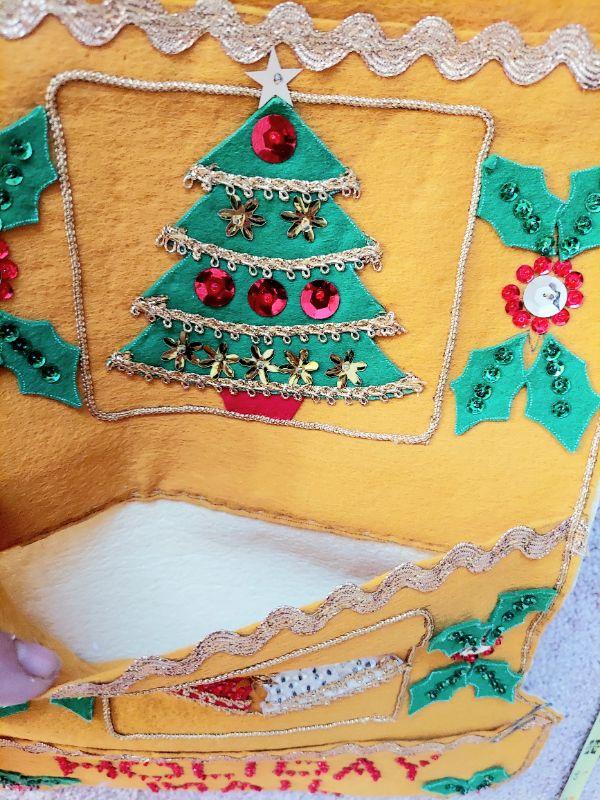
With this renewal has come a blending of some tribal distinctions. In the twentieth century there has been a growing interest in the renewal of Indian customs and practices among Native American peoples. These factors led to a proliferation of beadwork during the mid-nineteenth century. Due to forced relocation and life on the reservation, many Indians had time on their hands. During the mid-1800s, trade goods, such as beads, were readily available. Although the basic materials changed, Native Americans continued to decorate their clothing with beadwork. For example, articles of clothing previously made from buffalo skins began to be made out of wool or cotton. Even though clothing and dwelling styles have changed, and the original needs for horse gear and certain utensils have vanished, decorative beadwork continues to flourish.Īs Indians came in contact with white settlers, clothing styles changed. Over time, the older ways of life have disappeared. Utilitarian goods such as clothing, dwellings, horse gear, and utensils were at one time ornamented with quill work and beadwork. Native American beadwork, like quill work before it, is a decorative art form. Traders soon moved to satisfy the market for smaller beads. The comparative ease by which beads could be used for decoration created a veritable explosion of beadwork in North America. Suddenly they could create new designs with a broader palette. Native Americans, however, soon realized the possibilities created by the availability of small, brightly colored beads. Ultimately all beads came from trading posts, but the Indians soon spread trade beads far and wide through their own exchange networks until they could be found in the most remote parts of the United States.Īt first, beads were entirely of the large variety intended for necklaces. Spaniards were already trading beads into New Mexico by the middle of the 16th century. There also was a small bead industry within the United States.īeads were one of the earliest goods that the Europeans traded with the Native Americans. from there the production of beads moved to other parts of Europe, the most notable being Bohemia, France, England, and Holland. In any case, we know that this area had a flourishing industry in the production of beads by the early 14th century. The art of making glass beads probably originated in Venice, Italy. Despite these constraints Native American artists invested many hours to create intricate and beautiful quill work pieces. Each quill must be attached to the background with a small stitch. Compared with beadwork, quill work is very time consuming and tedious. The people of the northeastern United States and the Midwest already were decorating their leather clothing and accessories with dyed porcupine quills. This is not to say that beadwork emerged on the scene without a precedent. It was not until the arrival of trade beads from Europe that the Indians could obtain small beads in sufficient quantities to make the beaded designs we know today. Using little but tools made of stone or wood and abrasives such as sand, prehistoric Indians would fashion beads from native materials Most of the beads made by Native Americans were relatively large and were constructed to be worn strung on necklaces or thongs.

As none had metal tools, the construction of beads was a long process. Prior to the arrival of Europeans, native populations of North America created their own beads.

One of the best known art forms practiced by American Indians is beadwork.


 0 kommentar(er)
0 kommentar(er)
